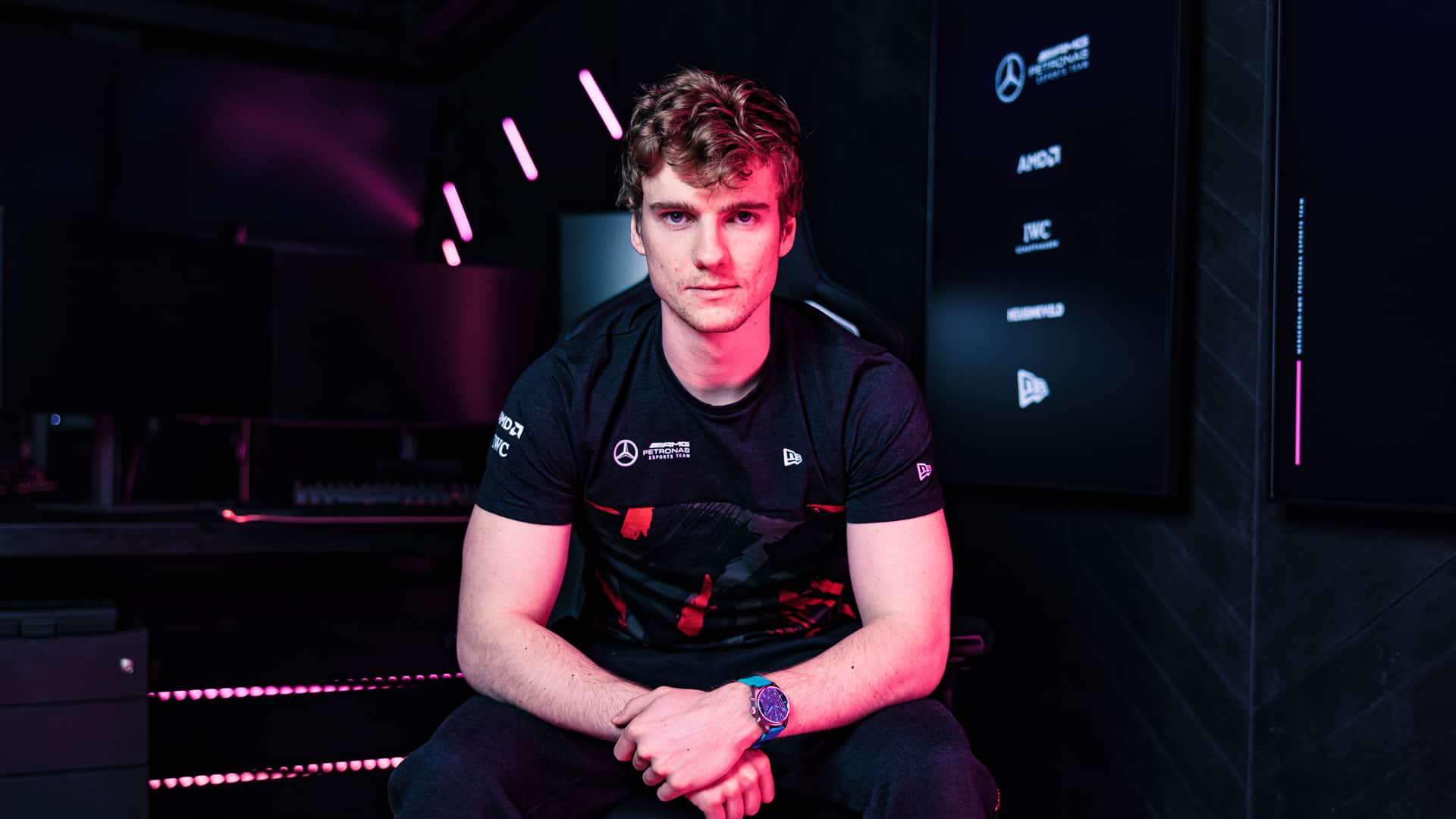Szrot is a driving game from Danish indie developers Kontraktor Entertainment Bureau. The team, consisting of developers Hjalte Tagmose and Gustaw Mackay, aim to make a driving game inspired by their love of Eastern European culture.
They specifically focused on the type of cars commonly found in the territory in the 80s and 90s, including the likes of the Trabant, the Lada Riva and Fiat 126p (also known as a Maluch in Eastern Europe).
Hence the game name ‘Szrot;’ a Polish term for a dilapidated old car (North American readers may use the terms ‘beater’ or ‘jalopy,’ while Brits will be more familiar with the term ‘old banger’).
The cars are the stars of this game, but the city in which you can race, perform fetch quests and repair and upgrade your car also adds a degree of gritty realism to proceedings, thanks to its basis on the Serbian city Novi Beograd (New Belgrade).

Its domineering communist-era tower blocks were recreated thanks to the developers’ own hands-on research and use of Google Maps, with the low-poly PS1 era graphics adding to the ambience and charm of the game. It also features a spate of Eastern European references, including subtitled Croatian text on-screen.
In an interview for the July 2022 edition of games magazine PC Gamer, Tagmose and Mackay detailed the inspiration for the car physics in Szrot, stating: “We took some inspiration from GTA IV, because the feel is very shitty. It’s like a crappy car, not the supercars of GTA V.”
Grand Theft Auto IV was a stark change in direction for the GTA franchise, featuring a grittier take on the often absurd and colourful worlds created by Rockstar Games. It’s likely no coincidence that GTA IV also has strong Eastern European undertones running throughout.
For me, however, the way the cars handled – thanks to the advanced RAGE (Rockstar Advanced Game Engine) physics engine – was the absolute highlight of GTA IV, making the vehicles intuitive and enjoyable to drive.
It’s not an opinion shared by all GTA players, however, but for me it represented the zenith of the series’ driving simulation – mostly due to the realistic driving and crashing behaviour of the cars.
The original PS1’s Driver also looks to be a big inspiration – the cars dip and dive in a similar fashion and a teased replay style camera angle evokes memories of Driver’s ‘Director’s Cuts’ mode.
This allowed players to cut together car chase scenes using different camera angles to create the most exciting action shots. It will be interesting to see if Szrot moves further in this direction in future.
Szrot is available to Wishlist on Steam now. With no indication on a release date as of yet, it’s very much a case of watch and wait, but progress updates show the game to be in an advanced playable state with the prospect of more missions and locations promised in future updates.

A two-player split-screen feature is also in the works – good news for anyone with fond memories of Driver 2’s excellent two-player Cops n’ Robbers mode.
At this stage, I think the low-poly aesthetic works incredibly well with the Eastern European vehicles and location. It almost feels like this game could have been released in 1999 as Driver: New Belgrade.
Mackay comments: “It’s supposed to look like the ’90s, but it could never be released in the ’90s, when only the US and Japan made games. That makes it cooler”. From what we’ve seen of the game so far, I have to agree.
What do you make of Szrot and its retro take on games like Driver? Let us know in the comments below.





















